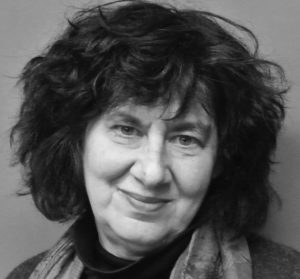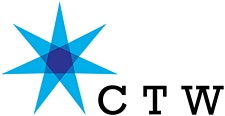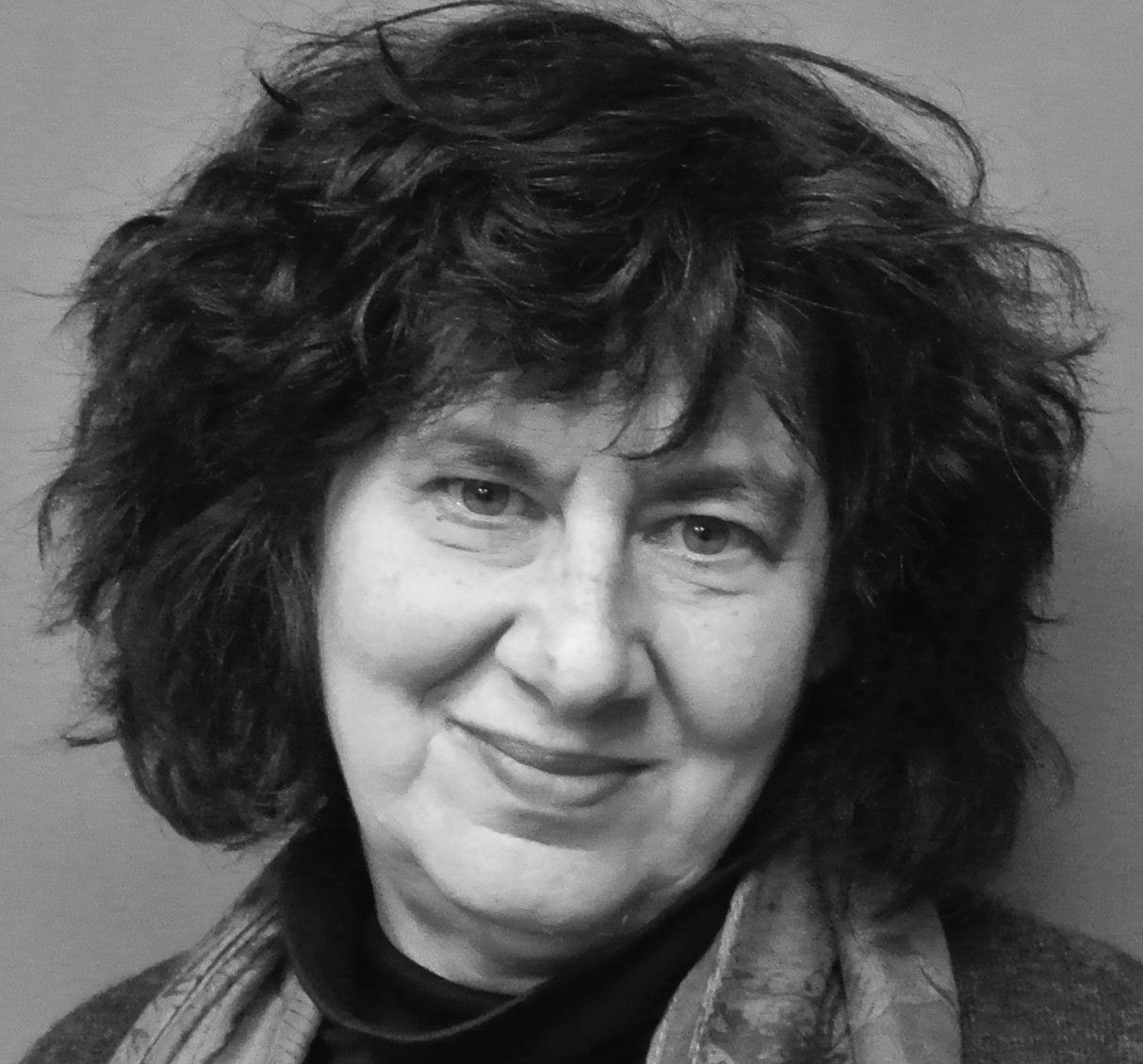Johannes DeYoung is a multidisciplinary artist working primarily in experimental animation and time-based media. His exhibitions include the B3 Biennale of the Moving Image, Frankfurt, Germany; Crush Curatorial, Robert Miller Gallery, Jeff Bailey Gallery, Eyebeam, and Tiger Strikes Asteroid, New York, NY; the Images Festival at the Art Gallery of Ontario, Toronto, Canada; Pallas Projects, Dublin, Ireland; and Hell Gallery, Melbourne, Australia. Johannes currently is Senior Critic and Director of the Center for Collaborative Arts and Media at Yale University.

JDY: Tell me how your collaboration with the oceanographers in the Menden-Deuer lab got started.
CBR: Through teaching. I was teaching a studio class at Rhode Island School of Design on cultural heritage sources and diverse global cultures. I brought the students to the RISD Nature Lab, which is like a big library of natural objects, so that they could develop their own cultural motifs from nature. Around this time, Neil Overstrom became the Director of the Nature Lab, and the lab acquired quality microscopes. Neil encouraged me to explore plankton, and introduced me to Susanne Menden-Deuer at the University of Rhode Island. The class eventually evolved into Digital Plankton. When I stopped teaching and we agreed that I would continue as “artist in residence.”
CBR: My own plankton imagery began six years ago with a small project “for hire” – something that I thought I would never do. Elizabeth Harvey, who was then a Phd candidate in the Menden-Deuer lab, had a photograph related to important research, but it required some enhancement through color balance changes. The paper was featured on the NSF website with the enhanced image. This project was really fun because we also got into those discussions about how much change is legal – of course everything’s changed.
JDY: When truth matters in digital media is a very timely and interesting topic.
CBR: What matters in my work is to get people interested and captivated, to stir their imaginations as all art does. And I do think that artists owe it to their audiences to give them more than just raw content – that the bit of mediating that you do to make the colors more alluring or whatever.
JDY: You’re right, you’re making something that evokes a sense of meaning.
CBR: Yes because if we don’t touch people deeply with the work, then they’re not going to think about it. I am interested in evoking an emotional, visceral connection, and then revealing the more scientifically accurate source materials. With Augmented Reality we can create this dialogue within a single work or related series.
JDY: Your processes are critical factors in making the work — it’s almost as if process becomes subject for you in a way. There are layered levels of seeing.
CBR: Yes. In one microscopic capture, for example, there was something that looked like a stick next to the plankton. The scientists said “you should get rid of that debris,” but I used it to set up spatial tension while revealing more about the environment. Then I put the plankton and debris over a fragment of watercolor. I always think of Lee Krasner who cut up her old drawings and to make wonderful collages many years later.
JDY: I can see a process unfolding and it interests me to think where does that start and where does it end, and how do you know where to draw the line? Are you thinking back to your painting days when you’re making time-based media or AR/VR? Or with your printed screen hybrids?
CBR: It’s the process that I developed as a painter – of working intuitively and then analyzing, and then working in the back and forth process that abstract expressionist painters use.
JDY: I’m always curious to know from other artists what are the driving themes, or the things that they’re looking for in the studio. When you go into an empty white box or wherever you work, what is it that you’re after?
CBR: I’m searching. It’s all search.
JDY: Do you think about poetics when you’re making your work, or is it purely a formal investigation?
CBR: Definitely poetic. It’s embedded in so deeply in my thinking that it’s always there. It’s the Hans Hoffman influence of push-pull and ambiguous space. If it doesn’t have ambiguity, I don’t want it.

